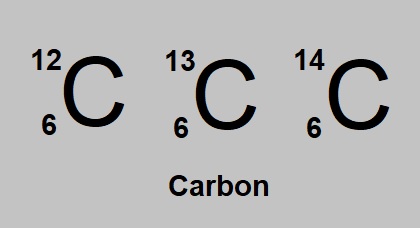Also like us on...
and Twitter Follow @BleadonTweet

World Atmospheric CO2, Its 14C Specific Activity, Non-fossil Component, Anthropogenic Fossil Component, and Emissions (1750–2018) (PDF) NIH Link
"Our results show that the percentage of the total CO2 due to the use of fossil fuels from 1750 to 2018 increased from 0% in 1750 to 12% in 2018, much too low to be the cause of global warming."
"Carbon-12 (12C) is the most abundant of the two stable isotopes of carbon (carbon-13 being the other), amounting to 98.93% of element carbon on Earth..." (PDF)
"C-13 is used for instance in organic chemistry research, studies into molecular structures, metabolism, food labeling, air pollution and climate change. C-13 is also used in breath tests to determine the presence of the helicobacter pylori bacteria which causes stomach ulcer." (PDF)
"C or radiocarbon, is a radioactive isotope of carbon with an atomic nucleus containing 6 protons and 8 neutrons. Its presence in organic materials is the basis of the radiocarbon dating method pioneered by Willard Libby and colleagues (1949) to date archaeological, geological and hydrogeological samples." (PDF)
"Carbon dioxide (CO2) is an important heat-trapping gas, or greenhouse gas, that comes from the extraction and burning of fossil fuels (such as coal, oil, and natural gas), from wildfires, and from natural processes like volcanic eruptions." (PDF)
"CO2 makes up only about 0.04% of the atmosphere, and water vapor can vary from 0 to 4%. But while water vapor is the dominant greenhouse gas in our atmosphere, it has “windows” that allow some of the infrared energy to escape without being absorbed." (PDF)
"Carbon monoxide is a colourless, tasteless, odourless, non-irritating gas produced as a by-product during incomplete combustion of fuels due to there being insufficient oxygen present. Complete combustion occurs when sufficient oxygen is present and leads to the production of carbon dioxide." (PDF)
-----
See also:


